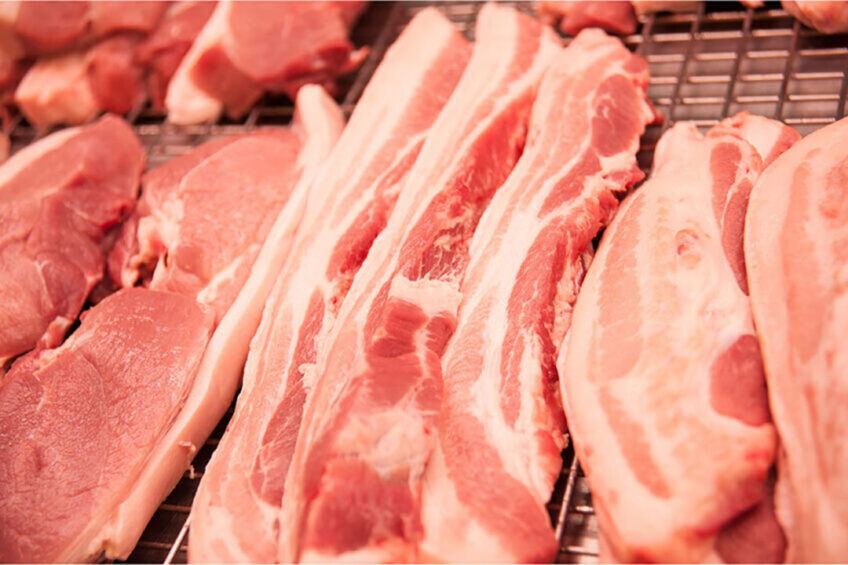November 18, 2025 | 23:13 GMT +7
November 18, 2025 | 23:13 GMT +7
Hotline: 0913.378.918
November 18, 2025 | 23:13 GMT +7
Hotline: 0913.378.918
Russian veterinary body Rosselhoznadzor announced. Nevertheless, it will take some time before the first shipments will follow.

Photo: Canva
China imposed restrictions on Russian pork in 2008 after the first ASF outbreaks occured in the southern regions of the European part of the country. Rosselhoznadzor said that it worked strenuously during the last 10 years to get the ban annulled.
The Russian pig industry welcomed the move. Sergey Kovalev, chairman of the Russian Union of Pork Producers (RUPP), told local state news outlet Interfax: “The Chinese authorities have recognised Russian regionalisation of ASF, which is a consequence of the Russian side providing objective, comprehensive and complete information about the system of control, surveillance, monitoring and methods of combating this disease. Talks between veterinary officials and negotiations at the top political level played a big role in getting the ban lifted.”
Over the past few years, Russia has been expanding pork export, and no complaints about the quality have ever been raised, Kovalev claimed. Russia plans to sell around 200,000 tonnes of pork to China per year, Russian government agency Agroexport said in a statement. China imports around 2 million tonnes of pork per year, so Russia targets to get hold of a 10% stake in the Chinese pork market.
In 2023, Russia will sell around 200,000 tonnes of pork to foreign customers. That will make it the 8th world’s largest exporter of this type of meat. Kovalev estimated that with the opening of the Chinese market, this figure could grow to 400,000 to 500,000 tonnes per year. If that forecast comes true, he added, Russia will enter the list of the top-5 world’s largest pork exporters.
Export will determine the future shape of the Russian pig industry, Kovalev said. He estimating that this year, Russian pork production will grow by 5%, and the same growth pace is anticipated in 2024. “To a large extent, ongoing investments in the industry are being made, with a bet on a future increase in exports. In recent years, a number of companies launched new pig farms eyeing the Asian markets.”
There is still a long way ahead before the actual pork deliveries can begin, Kovalev said. The 2 countries need to do some technical work to harmonise veterinary regulations.
(PP)

(VAN) Flagship partnership secures additional GBP 16.9 million to strengthen forest monitoring, transparency and country support to 2030.

(VAN) After a turbulent year for international development, the aid and assistance landscape has shifted, with donors rethinking how, where and why they support sustainable development.

(VAN) A new tool for measuring the economic value of farm animal welfare improvements has been developed, potentially transforming how consumers, retailers and the government evaluate animal welfare policies.

(VAN) The Amazon rainforest could face a renewed surge of deforestation as efforts grow to overturn a long-standing ban that has protected it.

(VAN) Conflict and violence are driving extreme hunger in six major crises.

(VAN) European Union member states are seeking to postpone the implementation of the bloc's anti-deforestation law by another year, an EU negotiating draft dated November 10 shows.

(VAN) Nearly 30 new avian influenza outbreaks have recently been reported in Germany, both on commercial poultry farms and in backyard flocks.